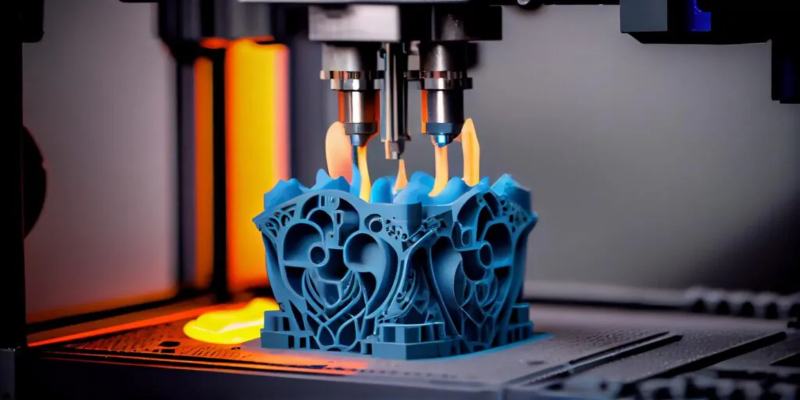In an era where environmental consciousness is increasingly at the forefront, the automotive industry is undergoing a profound transformation. The pursuit of sustainability has become a driving force, compelling manufacturers to explore innovative solutions that reduce their carbon footprint. One such solution gaining traction is the fusion of 3D printing technology, 3D Printers in India with 3d printing filaments, ushering in a new era of sustainable practices within the auto industry.
Embracing Sustainable Practices
Traditional manufacturing processes in the automotive sector have long been associated with resource-intensive methods, high waste generation, and a heavy reliance on non-renewable materials. As global demand for vehicles continues to rise, the industry faces the challenge of meeting consumer needs while minimizing its environmental impact. The integration of 3D printing technology with sustainable materials emerges as a solution that aligns with the growing emphasis on sustainable practices.
Central to the eco-friendly transformation in the automotive sector is the use of sustainable materials in 3D printing. Unlike traditional manufacturing, which heavily relies on metals and plastics derived from fossil fuels, 3D printing allows for the use of biodegradable, recycled, and plant-based materials
Biodegradable polymers, such as PLA (polylactic acid), have gained prominence in 3D printing applications. PLA is derived from renewable resources like corn starch and sugarcane, offering a greener alternative to conventional plastics. Researchers and engineers are actively exploring ways to integrate such materials into the production of various automotive components, ranging from interior panels to exterior body parts.


